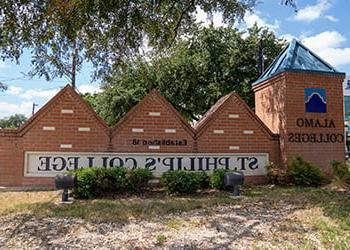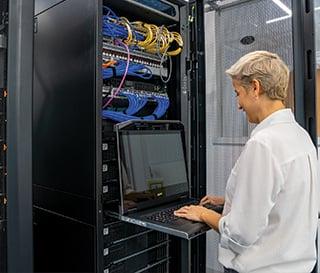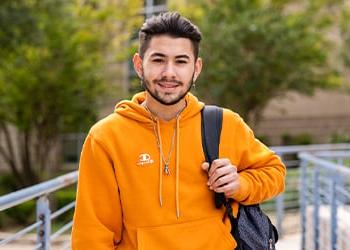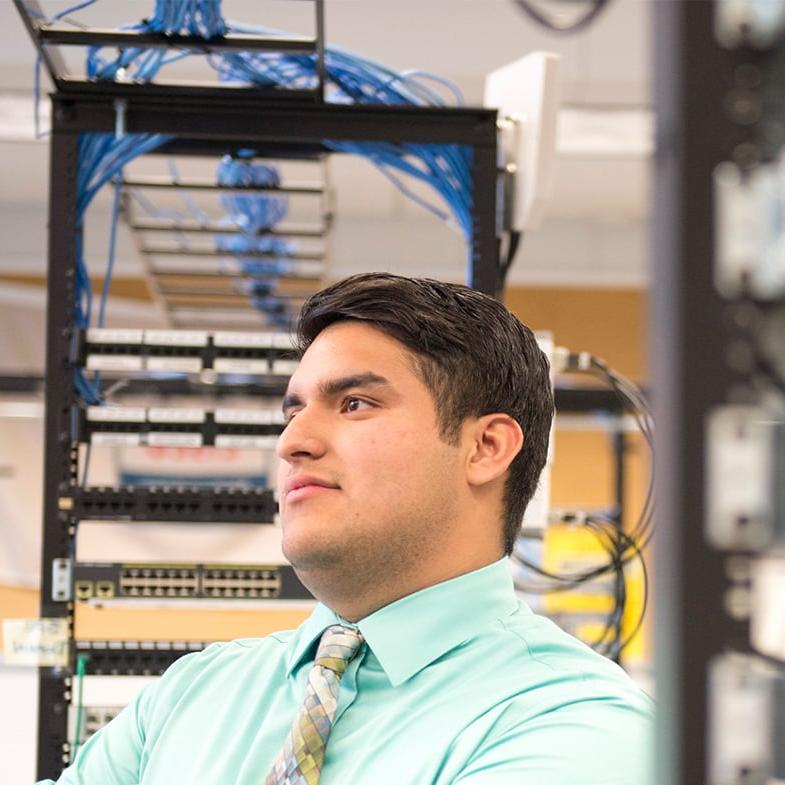SPC HEERF allocations advance student success and performance excellence
June 14, 2022
St. Philip’s College allocated millions in relief funding to advance student success and performance excellence initiatives that assist students, faculty, and staff in alleviating the impacts of the COVID-19 pandemic.
These efforts, supported by funding from the Higher Education Emergency Relief Fund (HEERF), provided emergency financial aid to higher education institutions throughout 2020-2022. St. Philip’s College has received approximately $120,643,463 in federal HEERF funds distributed in three phases (HEERF I, II, and III).
“HEERF allocations have offered a unique opportunity to improve the learning environment for students, while providing significant support to individuals affected by the COVID-19 pandemic. The funds provided a boost to the work already taking place by the departments across the college, allowing us to broaden the resources available to students,” said St. Philip’s College President Dr. Adena Williams Loston.
HEERF I funding prioritized emergency student financial aid and grants. In May 2020, all SPC students eligible for Federal Pell Grants enrolled during the Spring 2020 semester received a one-time disbursement of $300. HEERF I funding also supported the Emergency Grant Program that assisted eligible students with the cost of food, housing, technology, health care, child care, and course-related expenses. For many students, personal expenses were a determining factor in their decision to attend class and enroll in additional semesters. The emergency aid supported students with these challenges and ensured persistence and retention, especially for students who experienced unemployment.
In addition to student emergency aid, the college used over $2 million in funds towards technology support and upgrades. These upgrades included the purchase of laptops and hotspots that were available for check-out to students in need of tech equipment as classes transition to remote. Over 2,400 laptops and 600 hotspots were distributed. The funds were also used to expand Wi-Fi access across the campus grounds to address the digital divide. With the expansion of internet access students could access Wi-Fi from their parked vehicle on various parking lots and outdoor seating areas -- allowing for social distancing. Funds also supported employee phone allowances as a result of office phone lines being transferred to mobile phones during remote work compliance.
Supporting safe and engaging virtual and in-person learning was a priority for much of HEERF II and III’s HBCU and Institutional funding allocation. Many funds were allotted to a wide range of recovery operations and institutional improvements. This included minor remodeling of classrooms, upgraded learning technology, instructional design, and additional technology support and upgrades. Funds were also used on strategies for safe campus operation such as improvement of airflow in buildings to ensure air safety by reducing the buildup of airborne contaminants and the addition of touchless fixtures such as hand sanitizer and paper towel dispensers. HEERF II and III funding continued to support students with emergency aid under a one-time distribution of $600. Over 2,000 students received $1.7 million of this award between January 2021 and January 2022. An additional 700 students were awarded $873,000 in direct financial assistance or cleared tuition balances.
Building improvements and upgrades through a HEERF III American Rescue Plan (ARP) allocation have been reserved for minor remodeling, including the renovation of HVAC systems in eight buildings taking place between 2022-2023. The completed projects will contribute to cultivating a stimulating setting where students can continue to thrive in achieving their educational goals while operating in the pandemic and beyond. HEERF III ARP funds contained the largest student aid allocation, over $8 million. More than 5,400 students received an award ranging from $600-$1,500 based on data reported in Free Application for Federal Student Aid (FAFSA) accounts. Awards went to Pell-eligible students with higher allocations awarded to Pell-eligible students with families.
“As we emerge from the pandemic and experience an improved public health outlook, we recognize that students and their families continue to experience unmet financial needs from COVID impacts. We remain dedicated to finding innovative ways to invest the remaining of our institutional HEERF funds to ensure students persist in their education,” said Dr. Loston.
HEERF reports are available online at: http://dniv.c178.net/spc/about-spc/compliance/heerf/
Connect with SPC online on Facebook, Twitter, YouTube, Instagram, and LinkedIn.




